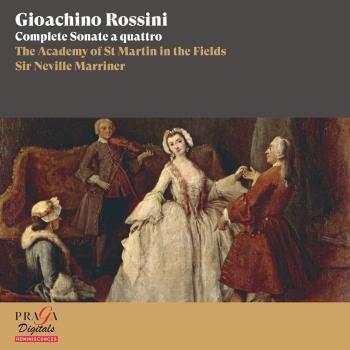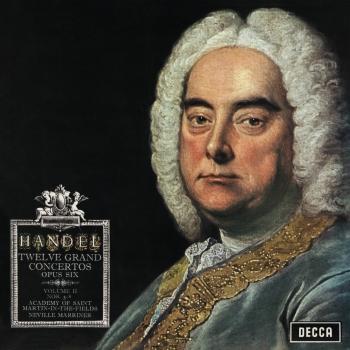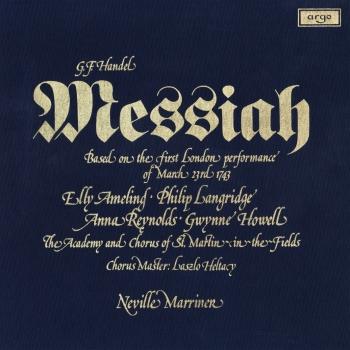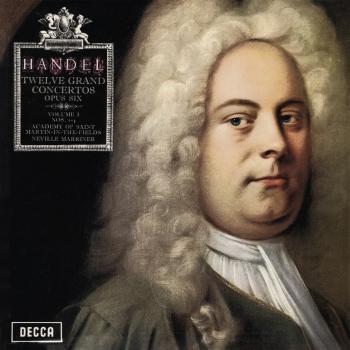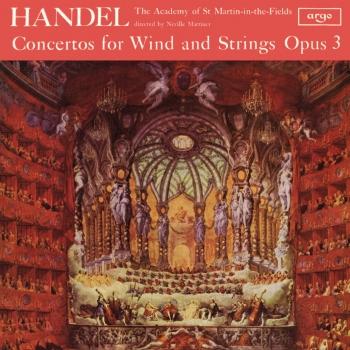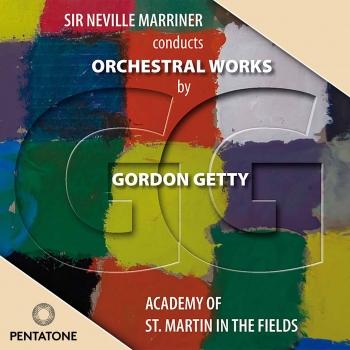The Academy of St Martin in the Fields & Sir Neville Marriner
Biography The Academy of St Martin in the Fields & Sir Neville Marriner
Sir Neville Marriner
Sir Neville Marriner & The Academy of St Martin-in-the-Fields (or “Marriner and the Academy” as they became affectionately known) led the way in the stereo recording of lighter, more transparent and, quite simply, better played performances of Baroque and, later, Classical repertoire. This happy combination of circumstances provided a whole generation of music lovers with recordings which to this day have stood the test of time. It is hard to imagine a record collection anywhere in the world unblessed by Marriner and his Academy.
Neville himself was the ideal recording artist, first leading from the violin, and later when the group enlarged, as conductor. He had himself “sprung up though the orchestra as one of the team” but remained always unpretentious and self-deprecating. But this was allied to a drive and passion that ensured standards were maintained at the highest level throughout, particularly in the recording studio. The result was that most professional orchestral musicians aspired to be in his orchestra.
Founded in 1958 from an elite group of London’s orchestral players, the very first recording sessions in the Conway Hall in 1961 were for Louise Dyer’s L’Oiseau-Lyre label. When she died the following year, Marriner and the Academy transferred over to Decca’s Argo imprint where many of the famous recordings of the LP era were made. Classics of the Baroque such as The Four Seasons with Alan Loveday were complemented by reference versions of Stravinsky ballets and Strauss’ Metamorphosen, or glowing discs of Delius and Vaughan Williams (a recent box set entitled The Argo Years celebrates many of these recordings). In 1969, Erik Smith, a family friend and producer who had recently moved from Decca to Philips in the Netherlands, tempted Neville and the Academy to become Philips artists and their first recording, made on a cold January in an East London town hall was of J.C. Bach Symphonies. Over the next two decades recordings continued to flow from Philips, Argo as well as other labels – not least surveys of Haydn, Beethoven and Schubert symphonies – but one composer dominated above all as Neville and Erik delightedly planned a cornucopia of Mozart leading up to the first ever Complete Mozart Edition for the 1991 bicentenary. This included not only the complete Symphonies, Divertimenti and Serenades, but the Piano Concertos with Alfred Brendel, the mature operas and many rarely heard works. When the film Amadeus came out it was of course Neville & The Academy who provided the soundtrack.
Later projects for the label seemed tailor-made for the genial wit of Sir Neville – bubbly Rossini (including three complete operas) and, an idea which initially horrified Molly, Gilbert & Sullivan’s Yeoman of the Guard. Sir Neville was also the ideal accompanist of choice for countless soloists, including for the debut recording of Joshua Bell who would later succeed him at the helm of the Academy. Such was his fame, Neville received conducting invitations from all the around the world and several of these turned into notable recordings for both Decca and Philips. These included collaborations with the London Symphony and London Philharmonic, Philharmonia, Cleveland and Concertgebouw Orchestras, the Dresden Staatskapelle and three orchestras of which he was also Musical Director: the Los Angeles Chamber Orchestra, Minnesota Orchestra and Stuttgart Radio Symphony Orchestra.
Until the very end of his life Neville, accompanied by the indefatigable and cheerful Molly, toured the world including China and Japan. All this showed a man who was simply beloved of orchestral musicians the world over. His passing will be universally mourned, but his enormous and remarkable recorded legacy will continue to inspire and delight.









